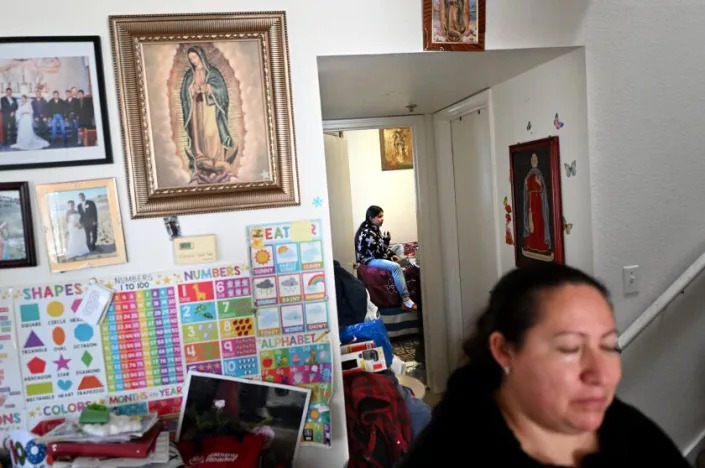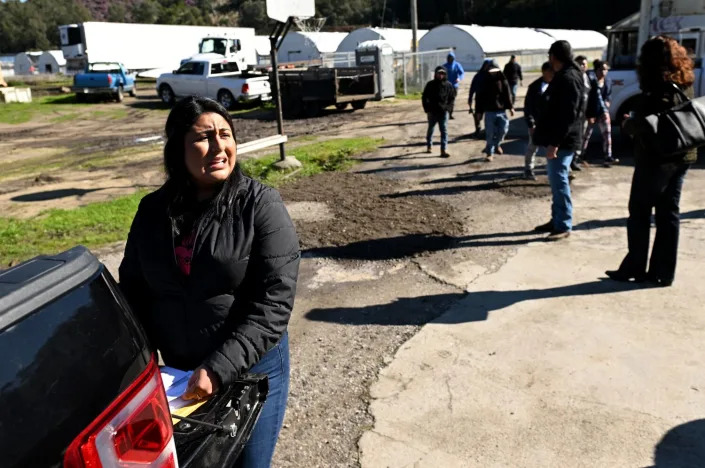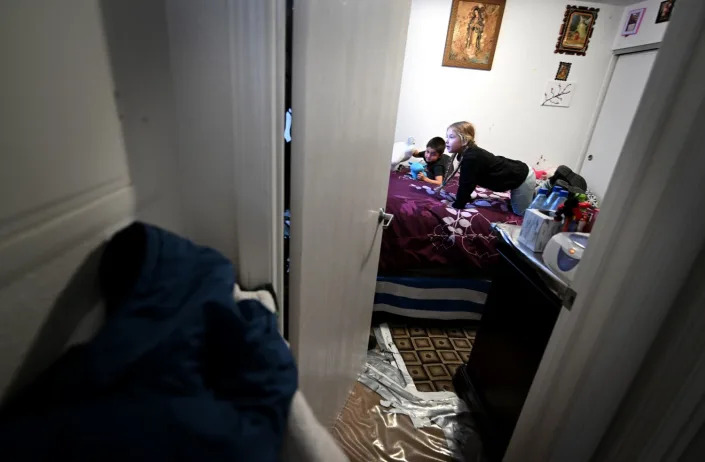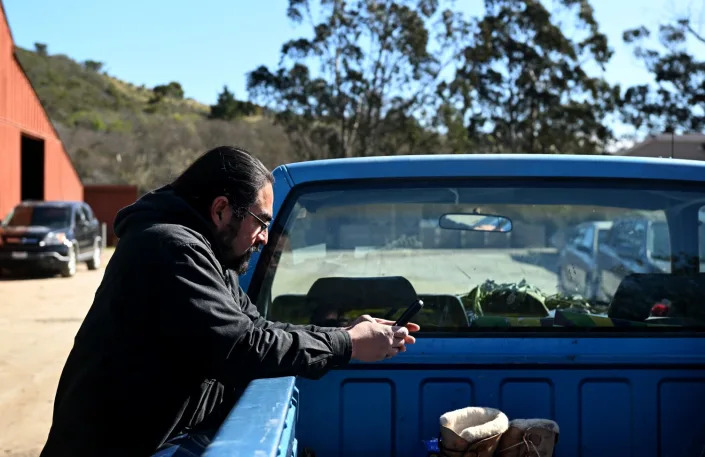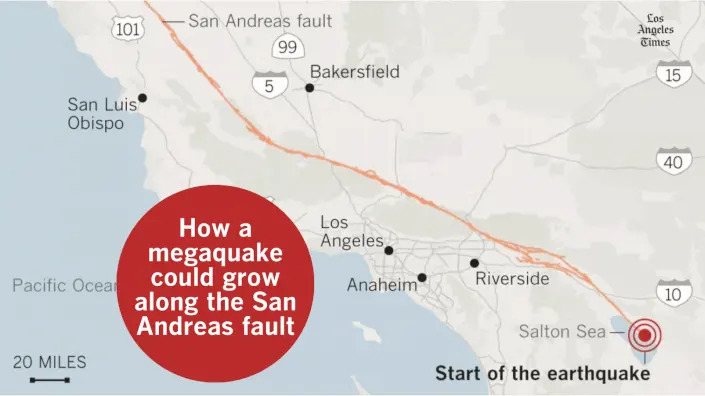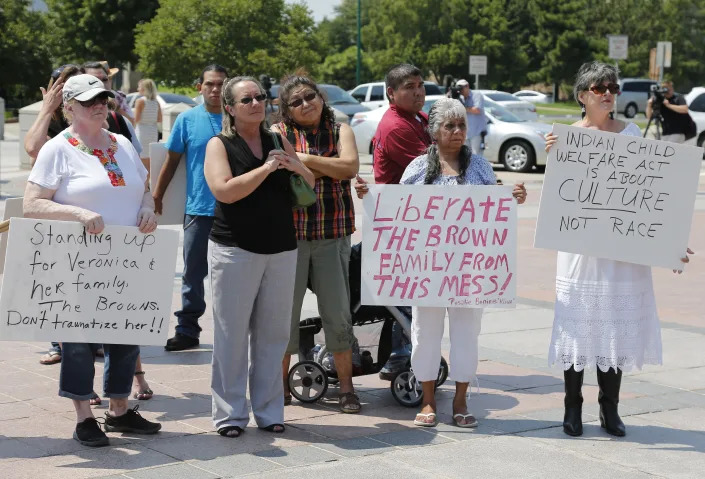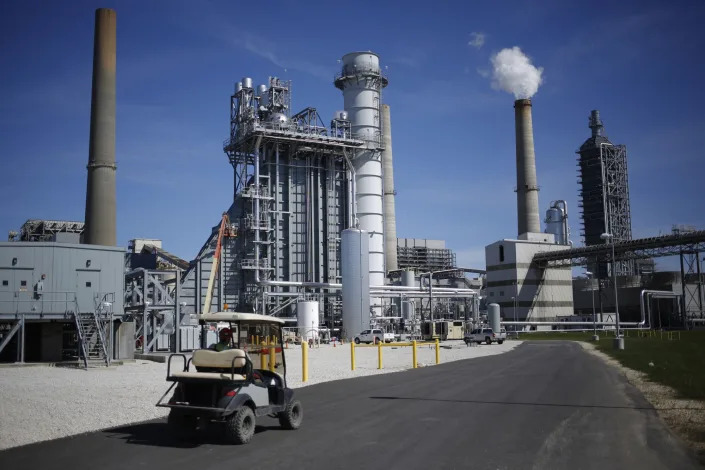Kurdish militants suspend 'operations' after Turkey quake
Fri, 10 February 2023

Kurdish militants from the outlawed PKK group announced a temporary halt in fighting to facilitate rescue work after the huge earthquake that struck southeastern Turkey and parts of Syria.
The Kurdistan Workers' Party (PKK) has been proscribed as a terrorist organisation by Ankara and its main Western allies for waging a brutal insurgency that has claimed tens of thousands of lives since 1984.
Ankara is also trying to ban a top opposition party that supports Kurdish causes over its alleged links to the militants.
But Monday's earthquake has reshaped the political landscape while claiming more than 21,000 lives -- more than 18,000 of them in Turkey.
It struck a multi-ethnic region that has witnessed some of the heaviest fighting between Turkish government forces and the PKK.
The group's co-leader Cemil Bayik told the PKK-linked ANF news agency that "thousands of our people are under the rubble" and urged a focus on recovery work rather than waging war.
"We call on all our forces engaged in military actions: stop the military actions in Turkey, in metropolises and cities," he said in comments published on the site late Thursday.
"We have decided to not conduct any operation as long as the Turkish state does not attack," he said.
Bayik said the pause in fighting would stay in place "until the pain of our people is relieved and their wounds are healed".
"Of course, the attitude of the Turkish state will also be decisive in our decision," he added.
- No Turkish response -
Government forces have used combat drones to push Kurdish fighters from Turkey's southeastern regions to the northern stretches of neighbouring Iraq.
Turkey is now conducting a low-scale war against the Kurds in northern Iraq and also fighting a separate Kurdish group in Syria that it views as a local branch of the PKK -- but which Washington has relied on to battle Islamic State jihadists.
PKK attacks peaked during a deadly wave of violence in 2015-2016 that followed a breakdown in peace negotiations with Ankara.
The group's founder Abdullah Ocalan has been in jail since being nabbed by Turkish intelligence in 1999 while he was in Nairobi.
Ocalan's jailing was followed by a brief unilateral ceasefire and then the start of formal truce talks in 2013.
The talks collapsed after the PKK killed two Turkish policemen in 2015.
Turkish officials did not respond to Bayik's comments.
The government has been trying to ban the Kurdish-backed Peoples' Democratic Party -- the Turkish parliament's third-largest -- over its ties to PKK.
Turkey's top court was considering whether to ban the party ahead of elections that President Recep Tayyip Erdogan has proposed holding on May 14.
But most state institutions have suspended operations to focus on earthquake relief work.
